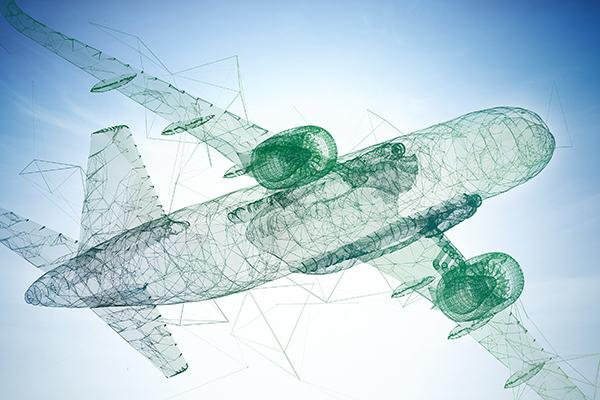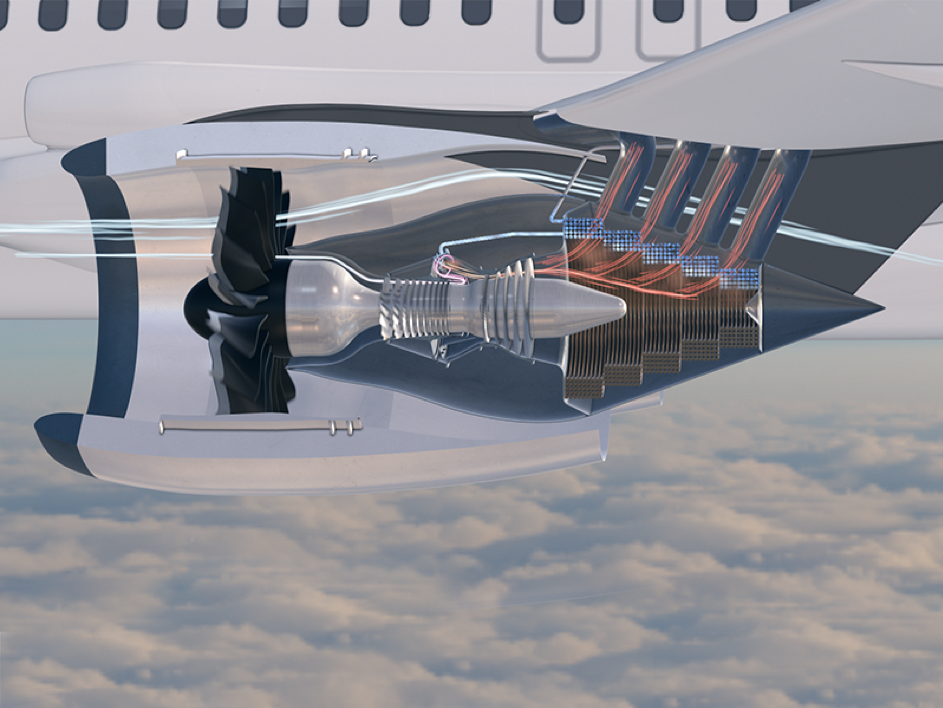MTU Shapes The Future: Paving The Way To Emissions-Free Flight

Emissions-free flight is the overall goal for the future. MTU is conscious of this responsibility and is working on evolutionary engine solutions for tomorrow and revolutionary concepts for the future.
For decades, MTU Aero Engines’ propulsion specialists have been working with partners from industry, research and science to find the answers to the challenges of the future: to make commercial engines even more efficient and environmentally friendly—the ultimate aim being emissions-free flight. Never before has MTU had such pioneering concepts in view or such a definitive technology roadmap in place as today. And while the company is busy working on technologies for the aviation of tomorrow, it is already thinking about the day after tomorrow as well.
Technology agenda Claire In its Clean Air Engine (Claire) technology agenda, MTU lays out its goals as well as the options for sustainable commercial engine concepts that will pave the way for emissions-free flight. In the first stage, the introduction of a Geared Turbofan™ (GTF) reduced fuel consumption and hence CO2 emissions by 16 percent each and the noise footprint by 75 percent. This is above the target of 15 percent.
The next stages will focus on the further development of the geared turbofan in order to exploit its full potential. The developers are working on various aspects of the engine and new technologies to make it lighter and more efficient overall. MTU will refine and optimize its high-pressure compressor and high-speed low-pressure turbine. Key technologies required to achieve these plans are new, lightweight high-temperature materials, additive manufacturing techniques, and virtual design and production.
In parallel, MTU’s engine experts are working on completely new, revolutionary propulsion solutions that surpass today’s technology: MTU is developing two propulsion concepts based on the tried-and-true GTF engine, for which it combines the gas turbine with brand new technologies: in the composite cycle approach, the conventional high-pressure compressor system is to be complemented by a piston compressor and motor. The steam-injected and water-recovering gas turbine concept integrates a steam power process into the gas turbine cycle. It’s called WET engine. WET stands for water-enhanced turbofan.

Another revolutionary concept that MTU is pursuing is electric propulsion. Compared to battery- and hybrid-electric engines, the hydrogen-powered fuel cell has particular potential to enable emissions-free aviation down the line, without transport capacity and range restrictions. Fuel cells emit nothing but water and are significantly lighter than batteries. Development is still pending for a number of technologies, such as those relating to thrust, cooling and the hydrogen tank system, but MTU is planning in-aircraft demonstrations at an early stage.
Sustainable Fuels MTU is also focusing on alternative, sustainable fuels known as sustainable aviation fuels (SAFs). Aviation has to shift away from burning fossil fuels because the only way to achieve the ambitious climate protection goals for 2050 is through the use of sustainable, renewable alternatives. Currently, only biomass-based fuels are available in larger quantities. Using such fuels leads to a direct improvement in aviation’s carbon footprint. The future is likely to belong to power-to-liquid (PtL) and sun-to-liquid (StL) fuels, which are produced using green electricity and solar energy, respectively. Given that SAFs meet the specifications for aviation fuel, they can be used in the existing infrastructure as “drop-in” fuels.
In the long term, hydrogen is also a viable option, as it is more efficient than PtL fuels and less expensive to produce; however, it requires new infrastructure and new aircraft designs.